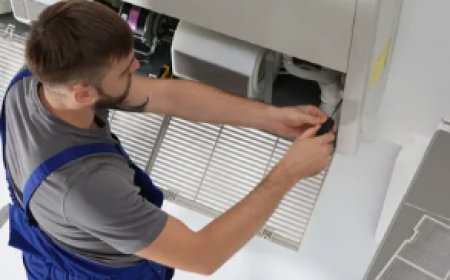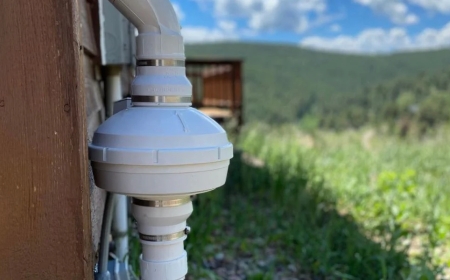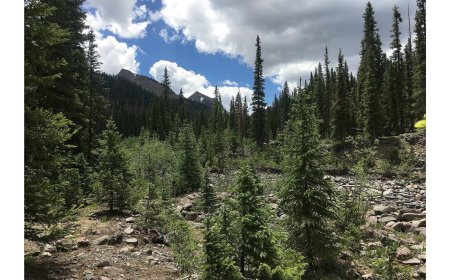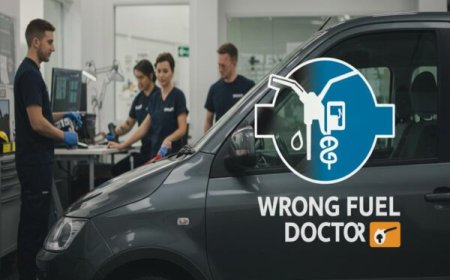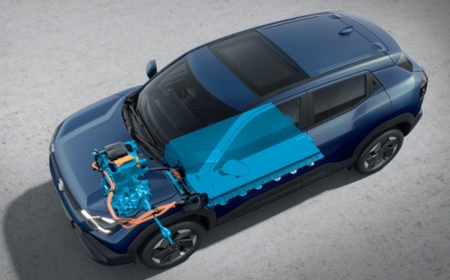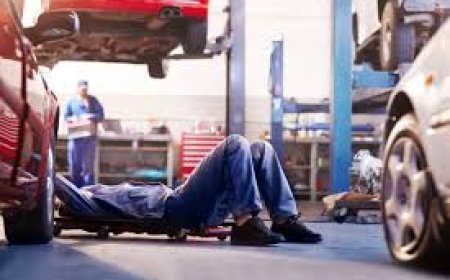Graveyards of Glory: The Untold Stories Behind America’s Oldest Car Yards
Discover how America’s oldest auto graveyards shaped repair culture, recycling and community. Learn about vintage vehicles and modern recovery through Cash for Buses Townsville.
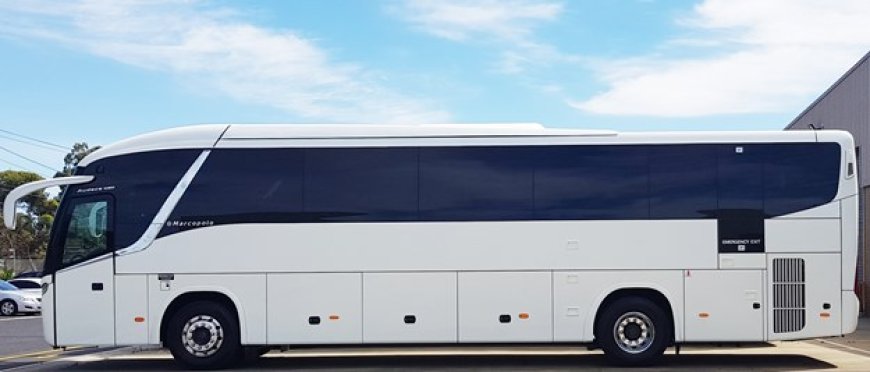
In the United States, some old car yards carry stories as rich as the classic cars they house. These places, often called salvage yards or auto graveyards, hold vehicles from almost every decade of automotive history. Beyond the rust and dust, they represent shifts in industry, resource use, and urban change. This blog explores how Americas earliest car yards began, evolved, and still matter today.
Origins: Early Scrap and Salvage
In the early 1900s, as more automobiles appeared on roads, people found that old engines, chassis or parts still had value. These early salvage operations began around industrial centres such as Detroit, Chicago and New York. Small entrepreneurs collected broken cars, selling working components and melting down the rest for metal. This simple, resourceful model laid the foundations for what would become a vital industry.https://www.cash4carstownsville.com.au/
Growth with the Auto Boom
The 1920s and 1930s saw cars become commonplace thanks to Fords assembly lines. With more cars in use came more wrecks and breakdowns, giving rise to larger salvage yards. These yards organised vehicle dismantling, part sales and scrap metal export. During World War II, they became key sources of steel, rubber and copper for war materials, collecting old cars and appliances for reuse .
Mid?Century Advancements and Regulation
By the 1950s and 1960s, salvage yards modernised. Hydraulic presses and crushers made it easier to process vehicles. But environmental concerns arose. Fluids like oil, leadacid batteries and coolant posed risks. From the 1970s onward, laws at state and federal level mandated safe fluid removal, containment and waste disposal.
Stories of Notable Yards
-
L&L Classic Auto in Wendell, Idaho sits on 120 acres with more than 8,000 cars, spanning 70 years of production. Its dry climate preserves rare vehicles, such as a 1954 Cadillac hearse and a 1980 AMC Eagle, valued by collectors for original parts.
-
Old Car City in Georgia began as a family salvage yard in 1931. Now it hosts thousands of rusted classics and school buses on 35 acres. It is visited by photographers and film crews, symbolising how old yards evolve into cultural sites.
The Real Work: From Fluid Removal to Metal Recycling
When a car yard receives a vehicle, workers begin by draining all fluids: fuel, oil, coolant, brake and air conditioning fluids. This step helps prevent leaks that can damage soil and water. Hazardous items like batteries and mercury switches are removed. After that, any useful partssuch as engines, transmissions, mirrors and lightsare taken off and tested for reuse .
The remaining shell is sorted by metal type. Steel, aluminium and copper are sent to recycling plants. Recycling steel saves around 74?per?cent of the energy compared to making new steel, and saves raw materialslike iron ore, coal and limestonewhile reducing greenhouse gases.
Economic and Community Impact
Auto recycling supports local jobs in dismantling, logistics and sales. Mechanics and car owners often buy recycled parts at lower cost. A US survey found that automotive recycling supports over 140,000 jobs and contributes about US?$32?billion to GDP.
Yards also clean up abandoned vehicles. Old, derelict cars can leak fluids, rust into hazardous metal, and attract pests. Removing these vehicles helps restore neighbourhoods and free up space.
Regulation and Environmental Care
In many states, salvage yards must hold licences and follow inspection rules. They are required to have partitions and concrete pads to prevent leaks into the earth, and have systems to contain spills. Federal standards under the EPA also apply.
Some yards go further with voluntary programs, installing dust suppression systems or wildlife habitat buffers to reduce noise or visual disruption .
Cultural Revival and Preservation
For many car fans, these yards are treasure troves. Reddit users describe the thrill of wandering old yards, finding vintage Ford Torinos or school buses hidden in the bush. These yards can host film shoots, photography tours or community eventsturning metal graveyards into places of fascination.
Challenges and Changes Today
Over time, larger firms like LKQ have bought smaller yards, consolidating inventory and raising prices for parts. Newer cars with complex electronics and composite materials require updated work methods. Meanwhile, yards must handle electric vehicle batteries and recover rare metals.
Connecting with Local Auto Recycling Services
At local level, services that collect and process vehicles play a crucial role in keeping auto recycling efficient. For example, Cash 4 Cars Townsville helps gather many types of vehicles, including heavier units. They assist with Cash for Buses Townsville, ensuring both small and large vehicles are delivered to proper yards. This supports safe disposal, reuse of parts, and recycling of metalswhile removing old vehicles from homes and streets in regional areas.
Conclusion
Americas oldest car yards tell a story of industrial change, resource conservation and community engagement. From humble scrap beginnings to regulated recovery systems, they have evolved alongside the vehicles they process. These yards continue to offer working parts, support jobs, and prevent pollutants from entering our environment.
Each drained battery, recycled steel frame, or reused engine part plays a role in reducing landfill, saving energy, and recovering value from what once seemed worthless. In a time when resource use and waste matter more than ever, these graveyards of glory hold lessons for a future built on what we already have.










